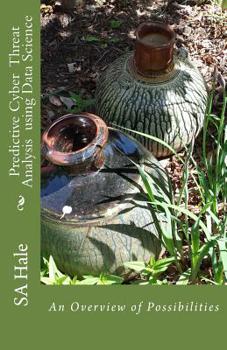Predictive Cyber Threat Analysis using Data Science: An Overview of Possibilities
Select Format
Select Condition 
Book Overview
Customer Reviews
Rated 5 starsSteal this book!
The style of this book is excellent in that it gives you plenty of examples of how fuzzy arithmetic works. Honestly, I doubt there exists a more comprehensive book on fuzzy arithmetic around. You'll find information on fuzzy numbers and their basic arithmetic, how alpha cuts work in fuzzy arithemtic, type-two fuzzy numbers, probabilisitic-fuzzy hybrid numbers, fuzzy modular arithmetic, combinatorics with fuzzy numbers, and...
0Report
Rated 4 starsOutstanding - a book that opens many doors.
I've had this book for years, and keep coming back to it. Many books define fuzzy numbers in various ways, and hint at combining them with some kind of arithmetic. Kaufmann and Gupta actually carry out those operations. Since fuzzy addition is a kind of convolution, they also show why fuzzy subtraction does not reverse the operation - deconvolution does. If you want to use fuzzy arithmetic for constraint propagation, this...
0Report





















